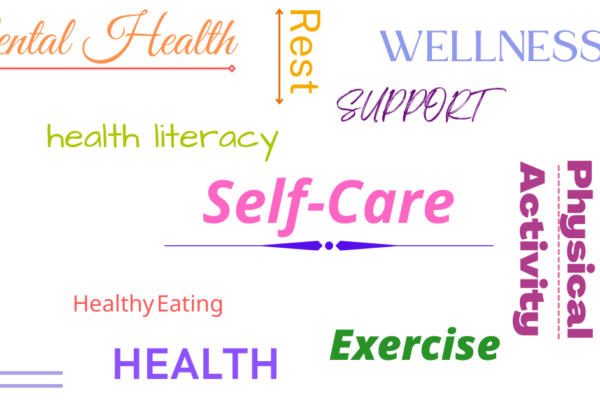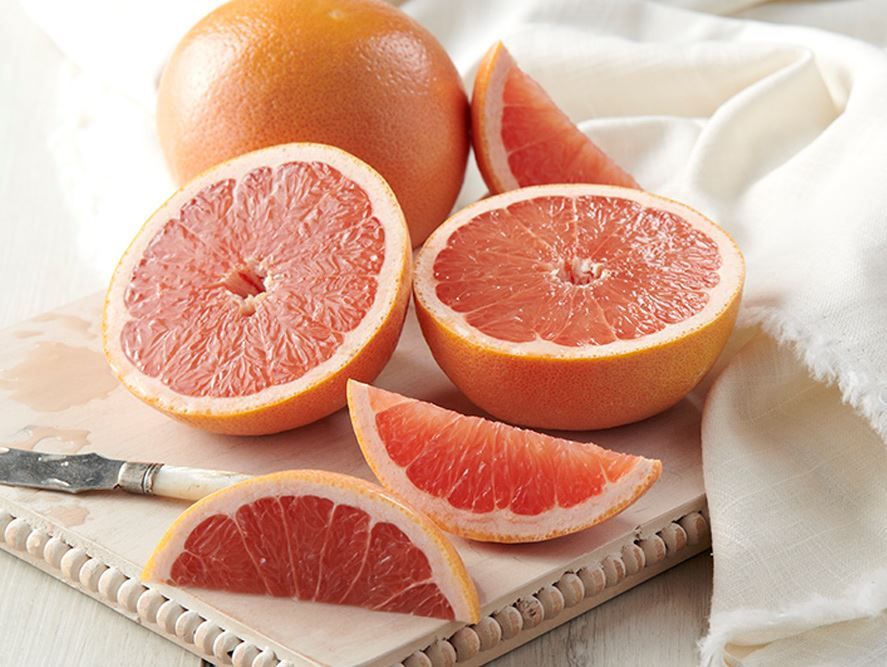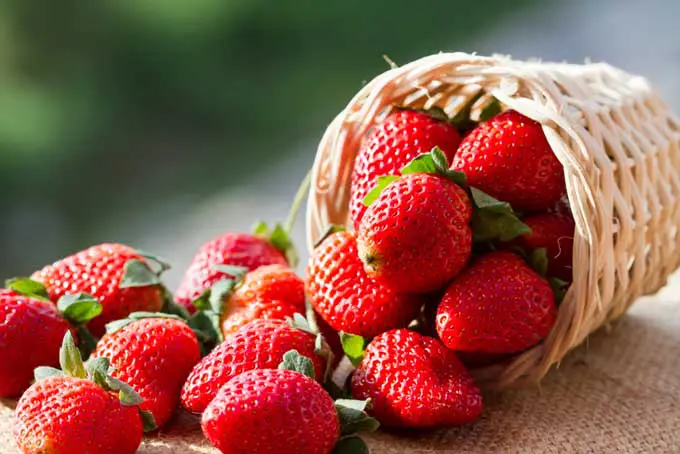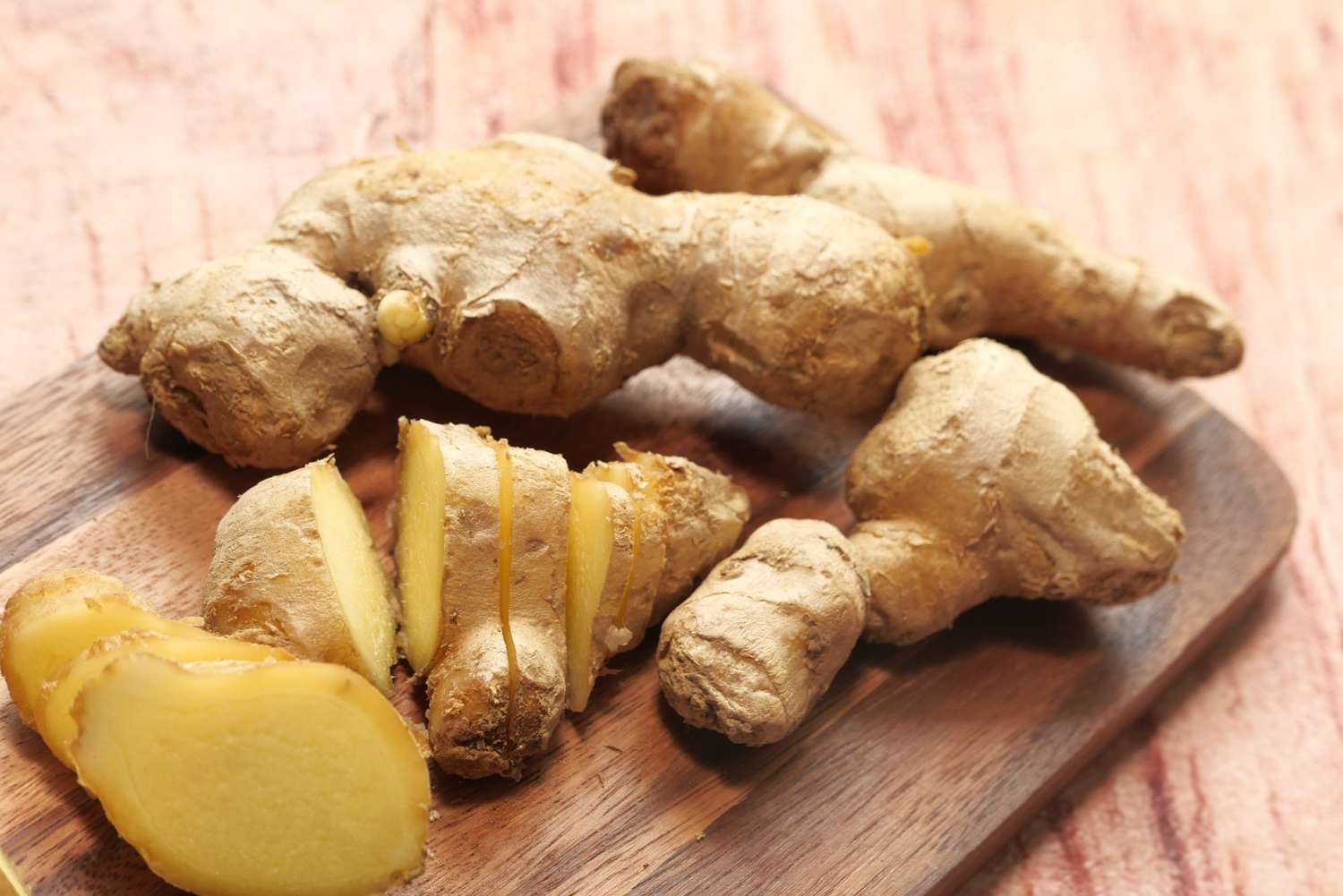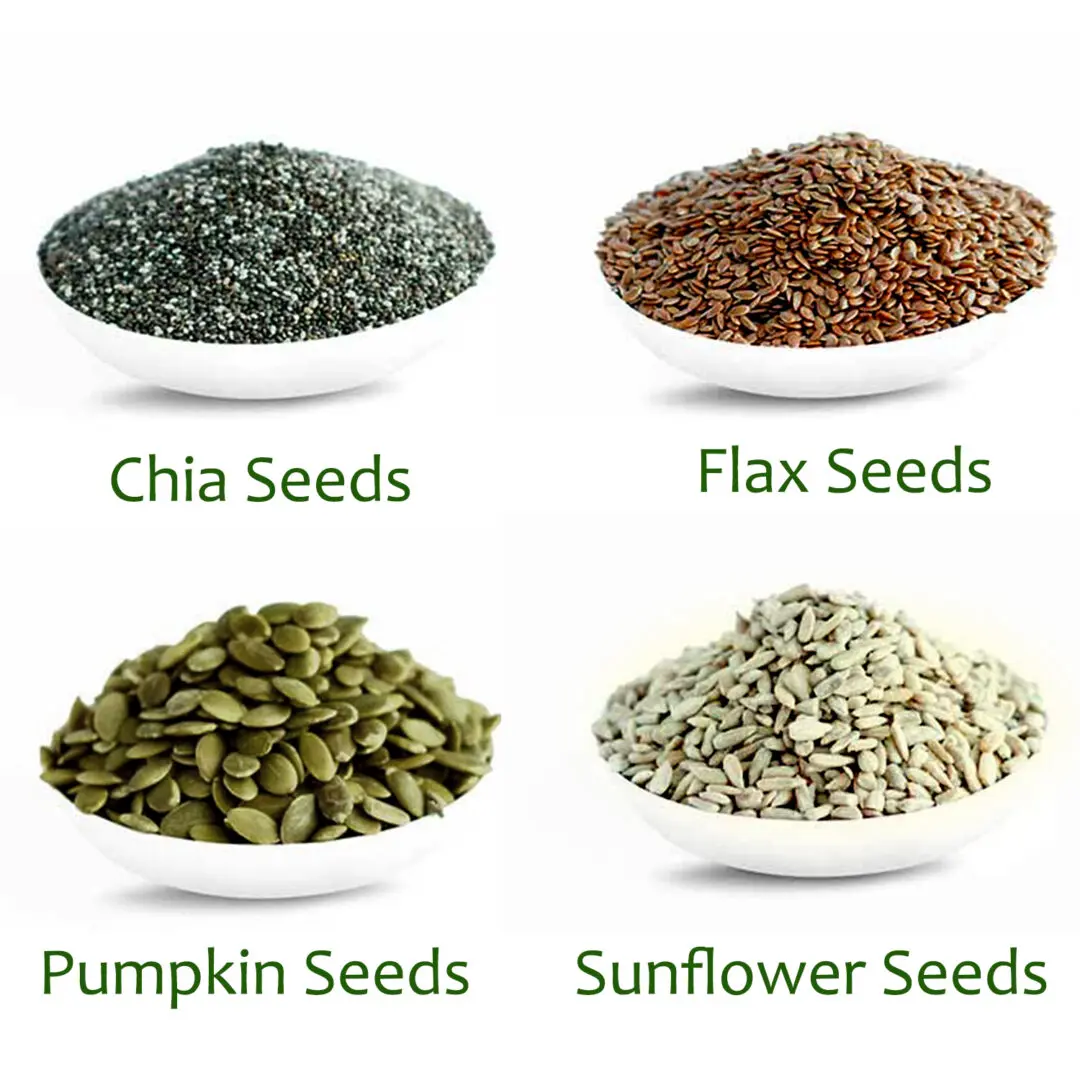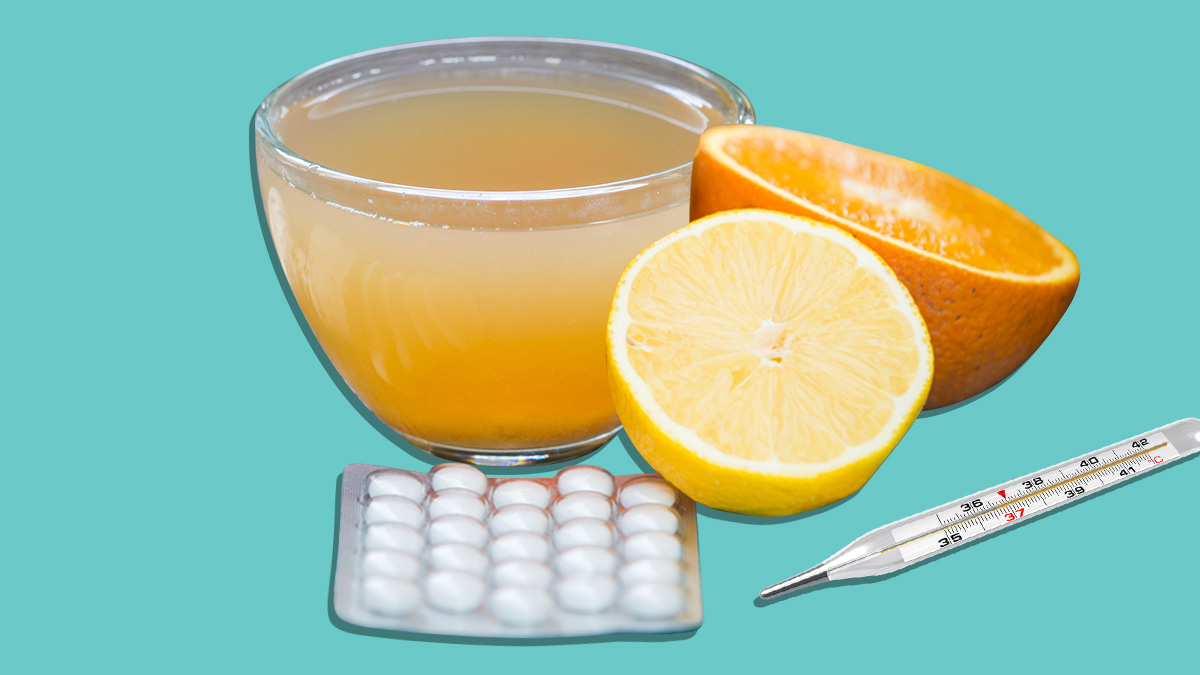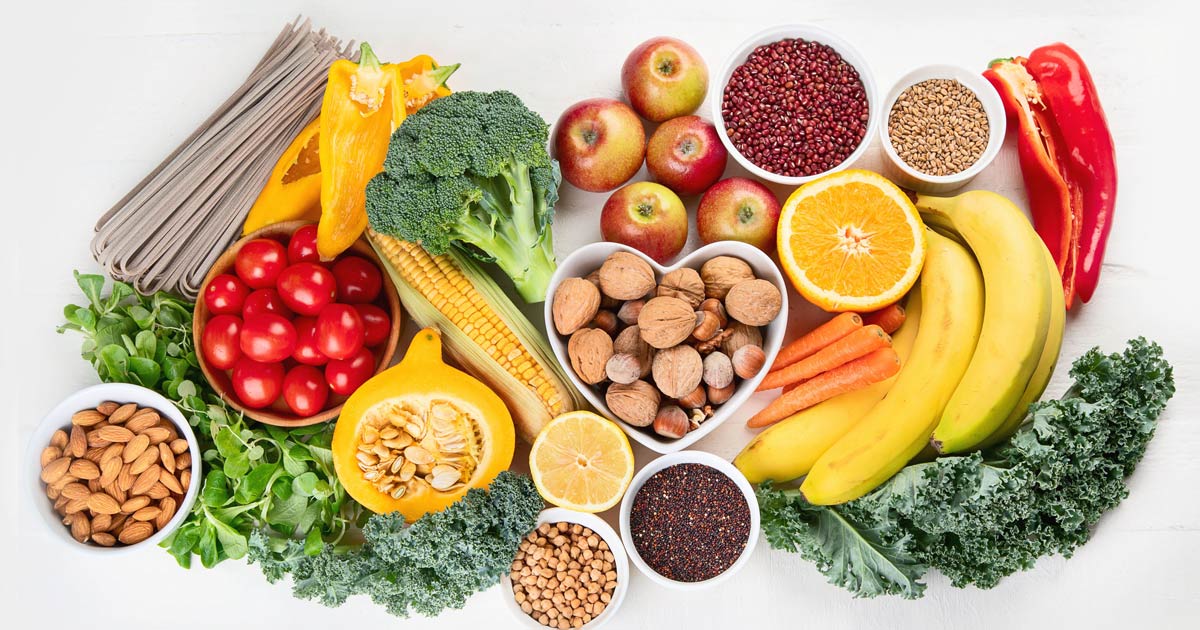
Proteins are made up of many complex cells call amino acids and are attached to each other by long chains. They are large complex molecules that play many critical roles in the body and are required for the structure function and regulation of body tissues and organs (Genetics Home reference, 2016). Twenty different types of amino acids that combine to make one protein. Proteins can be describe according to their functions in the body.
Antibody protein binds to specific foreign particles such as bacteria to help protect the body. Enzymes proteins carry out chemical actions in cells to assist in the formation in new molecules to read genetic information. Structural proteins provide proteins for the cells. Transport proteins bind and carry atoms and small molecules within cells and throughout the body. Messenger proteins, transmit signals to coordinate biological processes between different cells, tissues, and organs. (Genetics Home reference, 2016).
There are different types of protein sources such as animals and plants. Nearly all vegetables, beans, nuts and seeds contain protein. Soybeans, quinoa and spinach are considered high in protein. The Institute of Medicine recommends that adults get a minimum of 0.8 grams of protein for every kilogram of body weight per day (or 8 grams of protein for every 20 pounds of body weight) ( Nutrition Source, 2016).
A deficiency in protein leads to muscle atrophy and impaired functioning of the human body in general, however too much protein type foods such as beans can cause purines to develop creating metabolic and kidney problems related to a buildup of uric acid ( Mateljan, 2015).
Protein based sources also contain other vitamins, minerals, fiber that the body needs. Beans and legumes are high in protein and benefits the body such as high in fiber that supports the colon, maintaining a healthy weight, promote heart health and contain powerful antioxidants. (Mateljan, 2015). Beans and legumes also contain vitamins such as folate, copper, vitamin b1, phosphorous, magnesium and iron, omega 6 and 3 fatty acids; vitamin E, vitamin D, Vitamin K; Biotin, copper, calcium , chloride and Vitamin A, which all have positive benefits on the body.
Reference
1. Genetics Home Reference (2016) Retrieved from https://ghr.nlm.nih.gov/primer/howgeneswork/protein
2. Mateljan, G. ( 2015) The world’s healthiest foods. Library of Congress, Seattle, Washington.The Nutrition Source (2016) retrieved from https://www.hsph.harvard.edu/nutritionsource/what-should-you-eat/protein/#ref1
3. The Nutrition Source (2016) retrieved from https://www.hsph.harvard.edu/nutritionsource/what-should-you-eat/protein/#ref1

